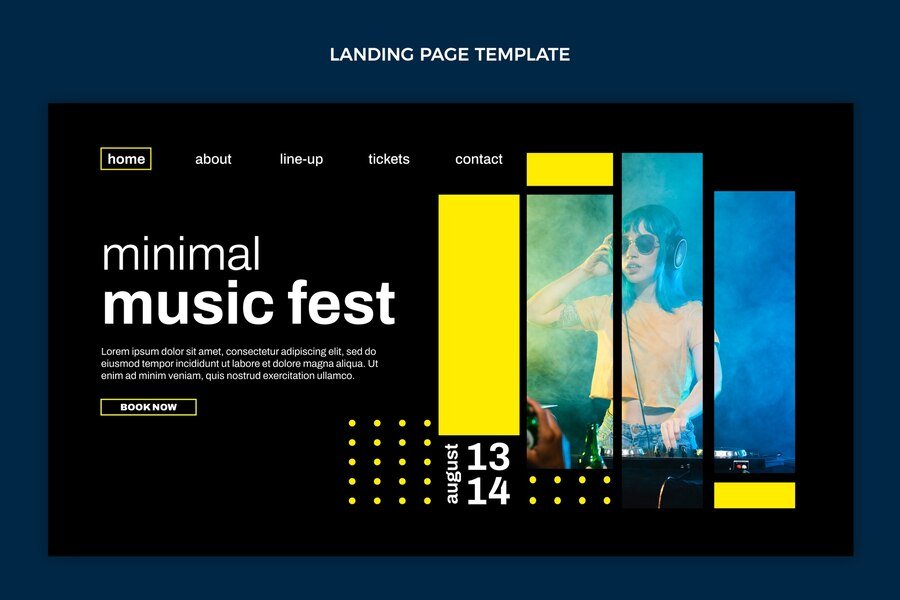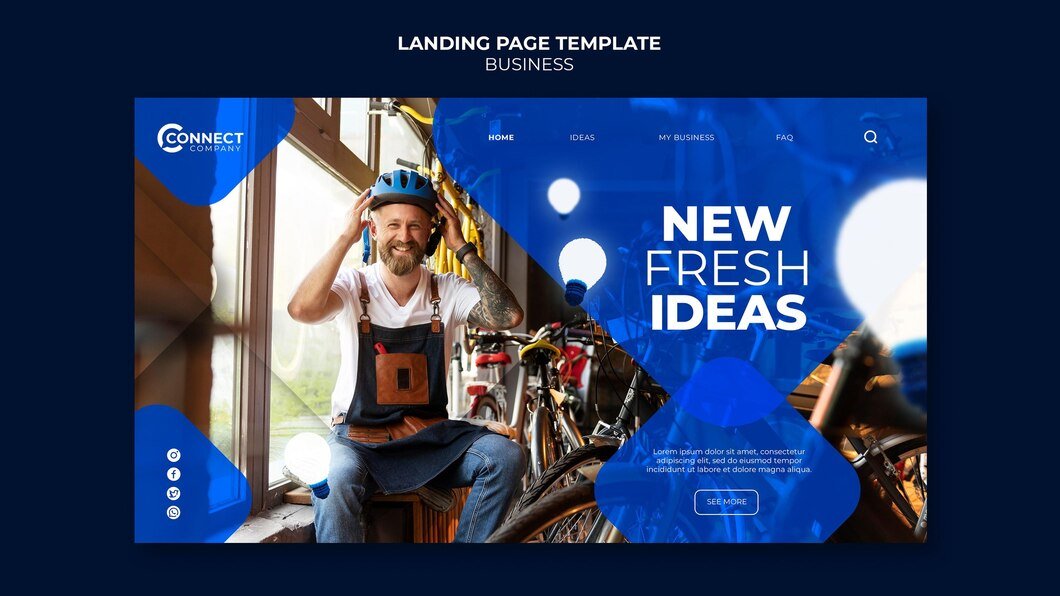Introduction
Building a fitness website from scratch requires meticulous planning and execution. This comprehensive guide walks you through every step of the process, ensuring your fitness website not only launches successfully but also stands out in a competitive market.
1. Define Your Website’s Purpose and Goals
Before diving into the technical aspects, it’s crucial to clearly define the purpose and goals of your fitness website. Determine what you want to achieve, whether it’s providing workout plans, selling fitness products, or creating a community for fitness enthusiasts. Establishing clear objectives will guide the entire development process.
Identifying Your Target Audience
Understanding your target audience is essential. Conduct market research to identify the demographics, preferences, and pain points of your potential users. This information will shape your website’s design, content, and functionality.
2. Plan Your Website Structure and Content
A well-organized website structure enhances user experience and SEO. Plan your site’s architecture by creating a sitemap that outlines the main pages and subpages. Key sections might include:
- Home Page: An overview of what your site offers.
- About Us: Information about your mission, vision, and team.
- Services/Programs: Detailed descriptions of your fitness services or programs.
- Blog: Regularly updated content related to fitness tips, trends, and news.
- Contact Us: Easy ways for users to get in touch with you.
Content Strategy
Develop a content strategy that aligns with your website’s goals and target audience. High-quality, keyword-rich content is crucial for SEO. Plan for diverse content types, including articles, videos, infographics, and user-generated content.
3. Choose the Right Platform and Tools
Selecting the right platform and tools is critical for your website’s functionality and scalability. Consider popular Content Management Systems (CMS) like WordPress, Wix, or Squarespace, which offer flexibility and ease of use. Ensure the platform supports essential features such as e-commerce, blogging, and membership management.
Essential Plugins and Tools
Enhance your website’s functionality with plugins and tools. For a fitness website, consider:
- SEO Plugins: Tools like Yoast SEO or All in One SEO to optimize your site for search engines.
- E-commerce Plugins: WooCommerce for selling fitness products or services.
- Membership Plugins: MemberPress for managing memberships and subscriptions.
- Analytics Tools: Google Analytics for tracking website performance and user behavior.
4. Design Your Website with User Experience in Mind
A visually appealing and user-friendly design is key to retaining visitors. Focus on creating a responsive and intuitive design that provides a seamless experience across all devices.
Branding and Visual Identity
Your website’s design should reflect your brand identity. Use consistent colors, fonts, and imagery that align with your brand’s message. Professional logo and graphic design enhance your site’s credibility.
Navigation and Accessibility
Ensure your website has a clear and logical navigation structure. Use a simple menu layout, and include a search bar for easy access to content. Make your website accessible to all users by adhering to Web Content Accessibility Guidelines (WCAG).
5. Develop and Optimize Your Website
Once the design is finalized, move on to the development phase. This involves coding the website, setting up the CMS, and integrating necessary plugins and tools.
On-Page SEO Optimization
Optimize your website for search engines by focusing on on-page SEO elements:
- Title Tags and Meta Descriptions: Write compelling and keyword-rich titles and meta descriptions.
- Header Tags (H1, H2, H3): Use headers to structure your content and include relevant keywords.
- Image Optimization: Use descriptive alt text for images and compress them to improve load times.
- Internal Linking: Create internal links to connect related content and improve site navigation.
Technical SEO
Ensure your website is technically sound for better crawling and indexing by search engines:
- Fast Load Times: Optimize images, enable browser caching, and use Content Delivery Networks (CDNs) to improve load speed.
- Mobile Optimization: Ensure your website is mobile-friendly with responsive design.
- SSL Certificate: Secure your website with HTTPS to protect user data and improve SEO rankings.
- XML Sitemap and Robots.txt: Create and submit an XML sitemap to search engines and use a robots.txt file to manage search engine crawling.
6. Launch and Promote Your Fitness Website
After thorough testing and optimization, it’s time to launch your website. Ensure all features are working correctly, and there are no broken links or errors.
Promotion Strategies
Promote your website to attract visitors and build a user base. Effective strategies include:
- Social Media Marketing: Leverage platforms like Instagram, Facebook, and Twitter to share content and engage with your audience.
- Email Marketing: Build an email list and send newsletters with updates, offers, and valuable content.
- Content Marketing: Regularly publish high-quality blog posts, videos, and infographics to attract and retain visitors.
- Collaborations: Partner with fitness influencers and other websites to expand your reach.
7. Monitor, Analyze, and Improve
Launching your website is just the beginning. Continuous monitoring and analysis are essential for ongoing success. Use tools like Google Analytics to track performance metrics and gain insights into user behavior.
Key Metrics to Track
- Traffic Sources: Understand where your visitors are coming from.
- User Engagement: Monitor metrics like bounce rate, average session duration, and pages per session.
- Conversion Rates: Track the effectiveness of your CTAs and conversion funnels.
Continuous Improvement
Use the data collected to make informed decisions and continuously improve your website. Update content regularly, fix any technical issues, and adapt your strategies based on user feedback and performance analytics.
Conclusion
Building a fitness website from concept to launch involves careful planning, execution, and ongoing optimization. By following the steps outlined in this guide, you can create a successful and engaging fitness website that stands out in a competitive market.













